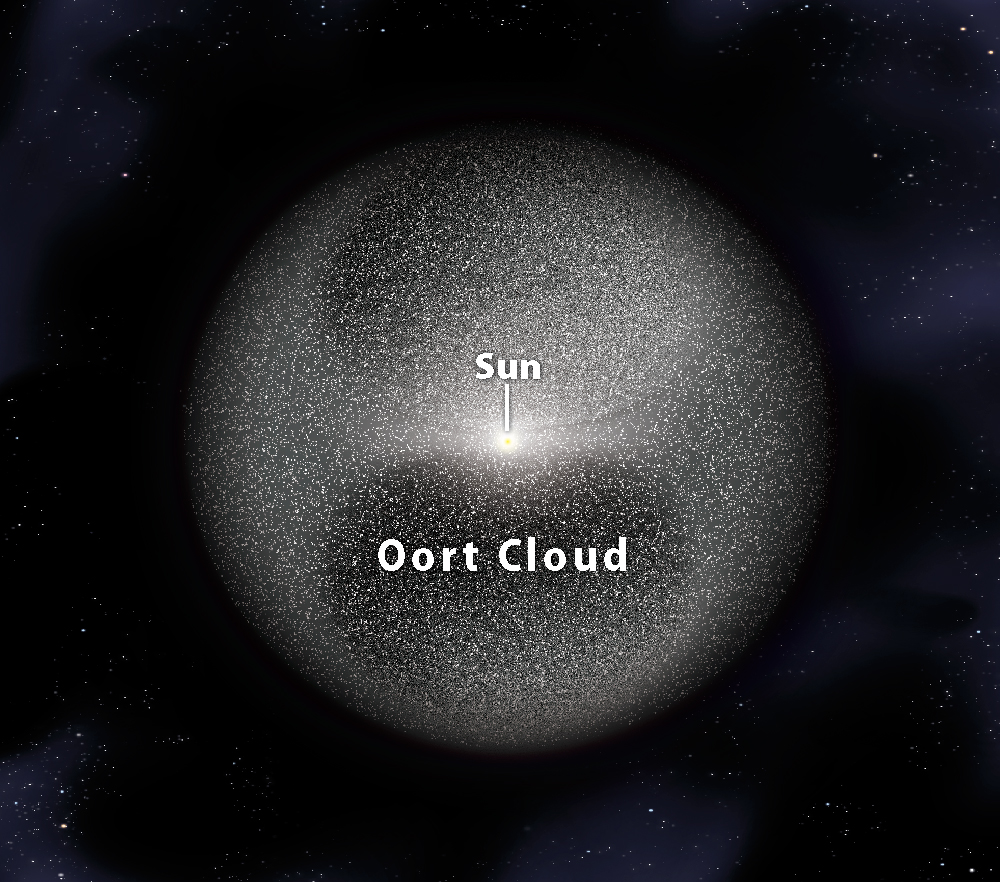Since then, the field of extrasolar planet detection has, of course, exploded, and we now know that a wide variety of planetary system architectures exist. Many of these compositions likely support Oort-Cloud-like structures, but scientists haven’t directly detected any such regions yet. This is largely because comets are so small. However, scientists have found indirect evidence of ESOCs from observations of water-rich bodies (likely comets) falling onto both protostars and evaporating around red giants.
In the future, it may be possible to detect active comets by their water, hydroxide, and hydrogen emissions around stars and track their orbits, and from that infer whether the source regions of such extra-solar comets are in ESOCs, “Kuiper Belts,” or other structures. One of the most interesting questions we can then answer will be how the masses of these ESOCs vary, particularly as a function of the architecture type of planetary systems. — S. Alan Stern, Southwest Research Institute, Boulder, Colorado










